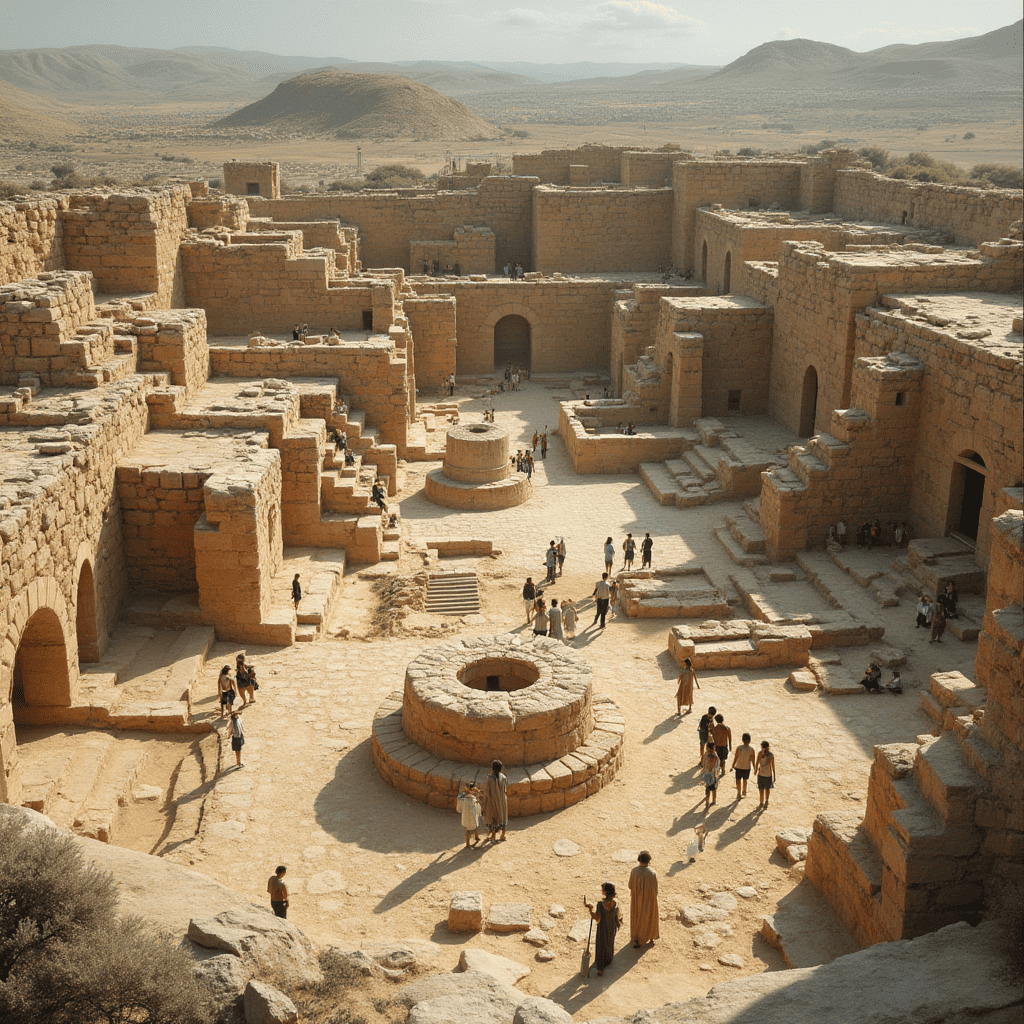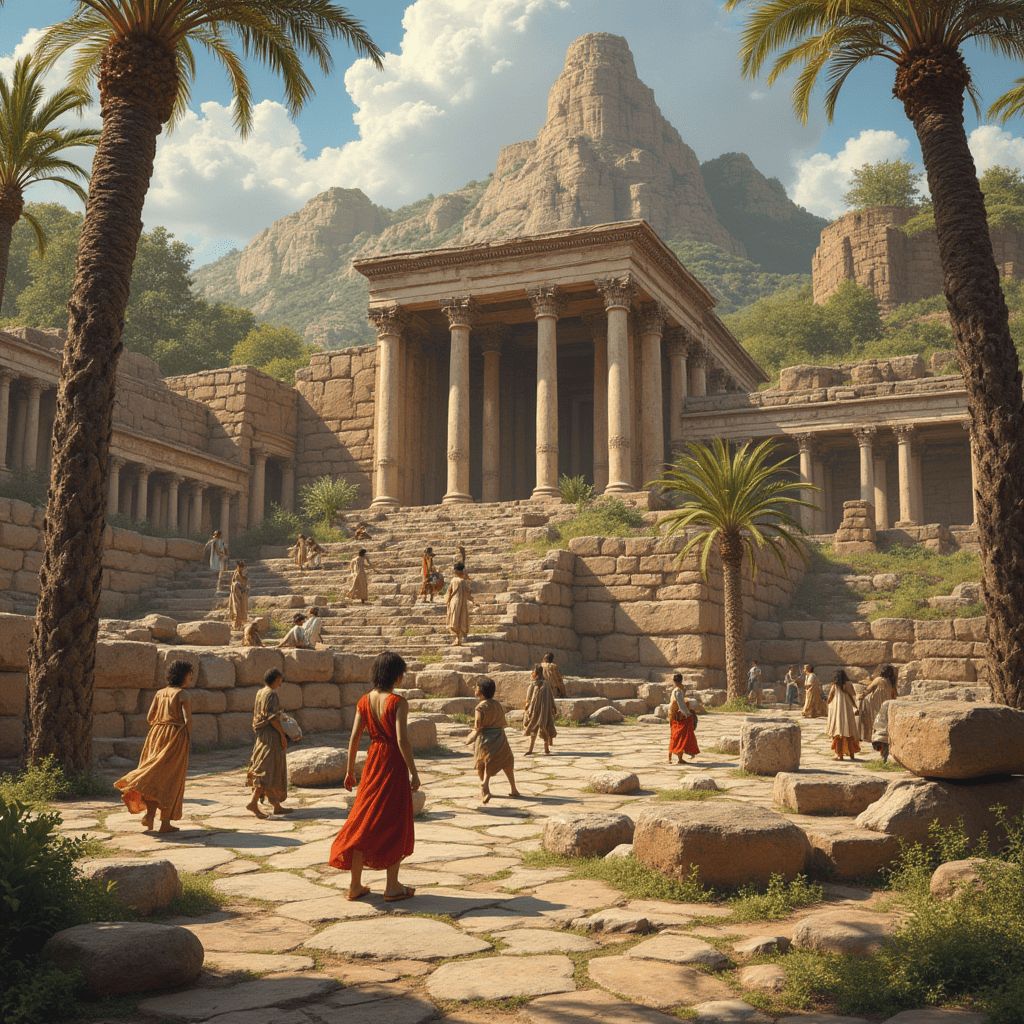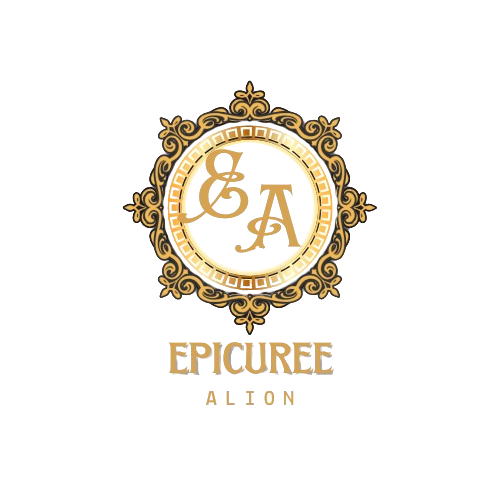Archaeology has undergone a dramatic transformation in recent decades, thanks to advancements in technology. Tools like LiDAR (Light Detection and Ranging), ground-penetrating radar, and 3D modeling have revolutionized how we uncover and analyze ancient sites. For example, LiDAR has revealed hidden cities beneath dense jungle canopies, while DNA analysis has provided insights into the migration patterns and health of ancient populations. These technologies allow archaeologists to explore sites non-invasively, preserving them for future generations while still extracting valuable information.
Every archaeological discovery adds a new piece to the puzzle of human history. Recent findings have challenged long-held assumptions, such as the complexity of ancient societies, their technological capabilities, and their interconnectedness. For instance, the discovery of advanced urban planning in the Indus Valley or sophisticated water management systems in ancient Cambodia has forced us to rethink the narrative of “primitive” civilizations. These discoveries not only enrich our understanding of the past but also provide lessons for modern challenges, such as sustainable living and cultural preservation.
Archaeology is more than just digging up artifacts; it’s about understanding the human story. By studying ancient civilizations, we gain insights into how societies rise, adapt, and sometimes collapse. For example, the environmental challenges faced by the Maya civilization or the economic systems of the Roman Empire offer parallels to today’s global issues. Archaeology helps us see the continuity of human experience, reminding us that the past is not so distant from the present.

Groundbreaking Discoveries in Ancient Egypt
The Lost City of Aten: A Glimpse into Daily Life
In 2021, archaeologists uncovered the Lost City of Aten, a 3,000-year-old settlement near Luxor, Egypt. Dubbed the “Egyptian Pompeii,” this city offers an unprecedented look into the daily lives of ancient Egyptians during the reign of Pharaoh Amenhotep III. The site includes well-preserved houses, administrative buildings, and even a bakery, complete with ovens and storage jars. Artifacts such as pottery, tools, and jewelry reveal the craftsmanship and trade networks of the time. This discovery provides a rare snapshot of ordinary life, contrasting with the grandeur of temples and tombs typically associated with ancient Egypt.
New Tombs in the Valley of the Kings
Recent excavations in the Valley of the Kings have uncovered previously unknown tombs, including one believed to belong to a royal scribe or high-ranking official. These tombs are adorned with intricate hieroglyphics and paintings that depict scenes from the Book of the Dead, offering insights into ancient Egyptian beliefs about the afterlife. Additionally, the discovery of burial goods, such as statues, amulets, and mummified animals, sheds light on the funerary practices and spiritual rituals of the time.
How These Findings Change Our View of Egyptian Society
These discoveries challenge the traditional view of ancient Egypt as a society solely focused on pharaohs and monumental architecture. The Lost City of Aten highlights the sophistication of urban planning and the vibrancy of everyday life, while the new tombs in the Valley of the Kings reveal the importance of middle-class individuals in Egyptian society. Together, these findings paint a more nuanced picture of a civilization that valued both its elite and its ordinary citizens.
Revelations from Mesoamerican Civilizations
The Hidden Chambers of Chichén Itzá
Using advanced imaging technology, researchers have discovered hidden chambers and tunnels beneath the iconic El Castillo pyramid at Chichén Itzá. These chambers are believed to have been used for ceremonial purposes, possibly involving offerings to the gods or rituals related to the Maya calendar. The discovery of a subterranean river beneath the pyramid further underscores the Maya’s deep connection to water and their sophisticated understanding of hydrology.
Recent Findings in Teotihuacán: Urban Planning and Culture
Excavations at Teotihuacán, one of the largest cities of the ancient world, have revealed evidence of advanced urban planning, including multi-family apartment complexes, drainage systems, and marketplaces. Murals and artifacts found at the site depict a diverse and cosmopolitan society, with influences from neighboring cultures such as the Maya and Zapotec. These findings suggest that Teotihuacán was a melting pot of ideas and traditions, far more interconnected than previously thought.
The Impact on Understanding Mayan and Aztec Societies
These discoveries are reshaping our understanding of Mesoamerican civilizations. The hidden chambers at Chichén Itzá highlight the spiritual and scientific achievements of the Maya, while the findings at Teotihuacán reveal the complexity of their social and economic systems. Together, they challenge the stereotype of these societies as isolated or primitive, showcasing their ingenuity and adaptability.

Insights from Ancient European Civilizations
The Roman City Beneath London
Beneath the bustling streets of modern London lies Londinium, the ancient Roman city that served as a major hub of the Roman Empire. Recent excavations have uncovered well-preserved ruins, including a Roman amphitheater, bathhouses, and marketplaces. These findings provide a glimpse into the daily lives of Roman citizens, from their leisure activities to their trade networks. The discovery of imported goods, such as pottery and glassware, highlights Londinium’s role as a cosmopolitan center.
Neolithic Discoveries in Turkey: Göbekli Tepe’s New Secrets
Göbekli Tepe, a 12,000-year-old site in Turkey, continues to astound archaeologists with its monumental stone pillars and intricate carvings. Recent excavations have uncovered additional structures and artifacts, suggesting that the site was a center for ritual gatherings and possibly one of the world’s first temples. These findings challenge the traditional timeline of human development, indicating that complex societies existed much earlier than previously believed.
Rewriting the Timeline of European Prehistory
The discoveries at Londinium and Göbekli Tepe are rewriting the narrative of European prehistory. Londinium’s ruins reveal the extent of Roman influence and urbanization, while Göbekli Tepe pushes back the origins of organized religion and communal living. Together, they highlight the diversity and complexity of ancient European societies, far beyond the simplistic view of “barbaric” tribes.
Discoveries in Asian Civilizations
The Terracotta Army’s New Companions
Recent excavations near the Terracotta Army in China have uncovered additional figures, including acrobats, musicians, and bureaucrats. These findings suggest that the army was part of a larger, more elaborate burial complex designed to accompany Emperor Qin Shi Huang in the afterlife. The diversity of the figures reflects the emperor’s desire to recreate his entire court, providing a fascinating glimpse into the social hierarchy of ancient China.
Ancient Indus Valley Cities: Advanced Urbanization Revealed
The Indus Valley Civilization, one of the world’s earliest urban societies, continues to reveal its secrets. Recent excavations at sites like Mohenjo-Daro and Harappa have uncovered evidence of advanced urban planning, including grid-like streets, sewage systems, and standardized weights and measures. These findings highlight the sophistication of a civilization that thrived over 4,000 years ago, rivaling contemporary societies in Mesopotamia and Egypt.
How These Findings Illuminate Early Asian Cultures
These discoveries are transforming our understanding of early Asian civilizations. The Terracotta Army’s new companions reveal the artistic and organizational prowess of ancient China, while the Indus Valley findings underscore the importance of urbanization and governance. Together, they paint a picture of diverse and dynamic societies that laid the foundation for modern Asia.
Conclusion
Archaeology is a field that continually evolves, reshaping our understanding of human history with every new discovery. From the bustling streets of the Lost City of Aten to the hidden chambers beneath Chichén Itzá, each finding adds a new layer to the story of our ancestors. These revelations remind us that ancient civilizations were far more complex, interconnected, and innovative than we often give them credit for. They challenge outdated stereotypes and provide valuable lessons for modern society, whether in sustainable urban planning, cultural preservation, or the resilience of human communities in the face of environmental and social challenges. As technology advances, so too does our ability to uncover and interpret the past, ensuring that the field of archaeology remains as dynamic and exciting as ever.
Looking ahead, the future of archaeology holds immense promise. Emerging technologies like AI-driven data analysis, satellite imaging, and advanced DNA sequencing are opening new frontiers in research, allowing us to explore previously inaccessible sites and uncover hidden connections between ancient cultures. Moreover, the growing emphasis on collaborative, interdisciplinary approaches—bringing together historians, scientists, and local communities—ensures that discoveries are not only scientifically rigorous but also culturally respectful and inclusive. As we continue to unearth the past, we are reminded of the shared humanity that binds us across time and space. Archaeology is not just about understanding where we came from; it’s about shaping a future that honors and learns from the richness of our collective heritage.
